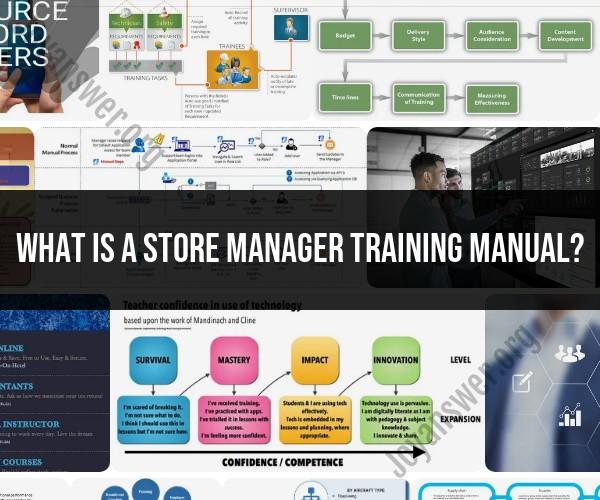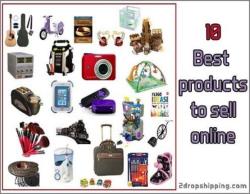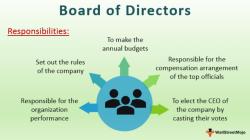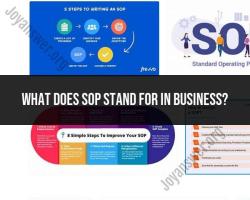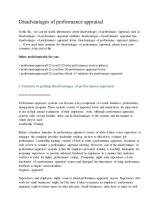What is a store manager training manual?
Creating a comprehensive training manual for store managers is essential for ensuring that your retail business operates smoothly and efficiently. Here's a guide on what to include in such a manual:
Section 1: Introduction and Overview
1.1 Welcome Message
- A brief message from the company's leadership.
1.2 Company Mission and Values
- A statement of the company's mission and core values.
1.3 Organizational Structure
- An overview of the company's hierarchy and reporting structure.
Section 2: Role and Responsibilities
2.1 Store Manager's Role
- Detailed description of the store manager's responsibilities.
2.2 Key Performance Indicators (KPIs)
- Explanation of the metrics and KPIs the store manager is responsible for.
Section 3: Store Operations
3.1 Opening and Closing Procedures
- Step-by-step instructions for opening and closing the store.
3.2 Inventory Management
- Guidelines for managing inventory, including ordering, receiving, and stock control.
3.3 Visual Merchandising
- Tips and best practices for creating an appealing store layout and displays.
3.4 Customer Service
- Information on delivering excellent customer service, handling customer inquiries, and resolving issues.
3.5 Sales Techniques
- Training on effective sales techniques, upselling, and cross-selling.
Section 4: Staff Management
4.1 Recruitment and Hiring
- Procedures for recruiting and hiring store staff.
4.2 Training and Development
- Details on training programs, ongoing development, and performance evaluations.
4.3 Scheduling
- Guidance on creating staff schedules and managing labor costs.
4.4 Employee Policies
- Overview of company policies, including dress code, code of conduct, and attendance.
Section 5: Store Safety and Security
5.1 Safety Procedures
- Safety protocols and emergency procedures for staff and customers.
5.2 Security Measures
- Information on preventing theft, ensuring the safety of staff, and protecting company assets.
Section 6: Financial Management
6.1 Budgeting
- Guidance on creating and managing the store's budget.
6.2 Expense Management
- Tips on controlling operational expenses.
6.3 Sales Reporting
- Explanation of how to generate and interpret sales reports.
Section 7: Technology and Systems
7.1 Point of Sale (POS) System
- Training on using the POS system, including processing transactions and managing inventory.
7.2 Communication Systems
- Information on internal communication tools and protocols.
Section 8: Customer Relations
8.1 Customer Feedback
- Procedures for collecting and acting on customer feedback.
8.2 Resolving Customer Complaints
- Guidelines for handling customer complaints effectively.
Section 9: Marketing and Promotions
9.1 Marketing Strategies
- Overview of the store's marketing initiatives and strategies.
9.2 Promotional Events
- Information on planning and executing sales events and promotions.
Section 10: Legal and Compliance
10.1 Employment Laws
- An overview of relevant employment laws and regulations.
10.2 Store Policies
- Detailed explanations of store policies regarding returns, warranties, and more.
Section 11: Resources and References
11.1 Contact Information
- A list of key contacts within the company.
11.2 Additional Resources
- References to external resources, manuals, and training materials.
Section 12: Appendices
- Any additional documents or forms that managers may need, such as templates for performance evaluations, incident reports, or inventory tracking sheets.
Remember to keep the training manual well-organized, easy to navigate, and regularly updated to reflect changes in policies, procedures, or technology. It should serve as a valuable resource for store managers to excel in their roles and contribute to the success of your retail business.
